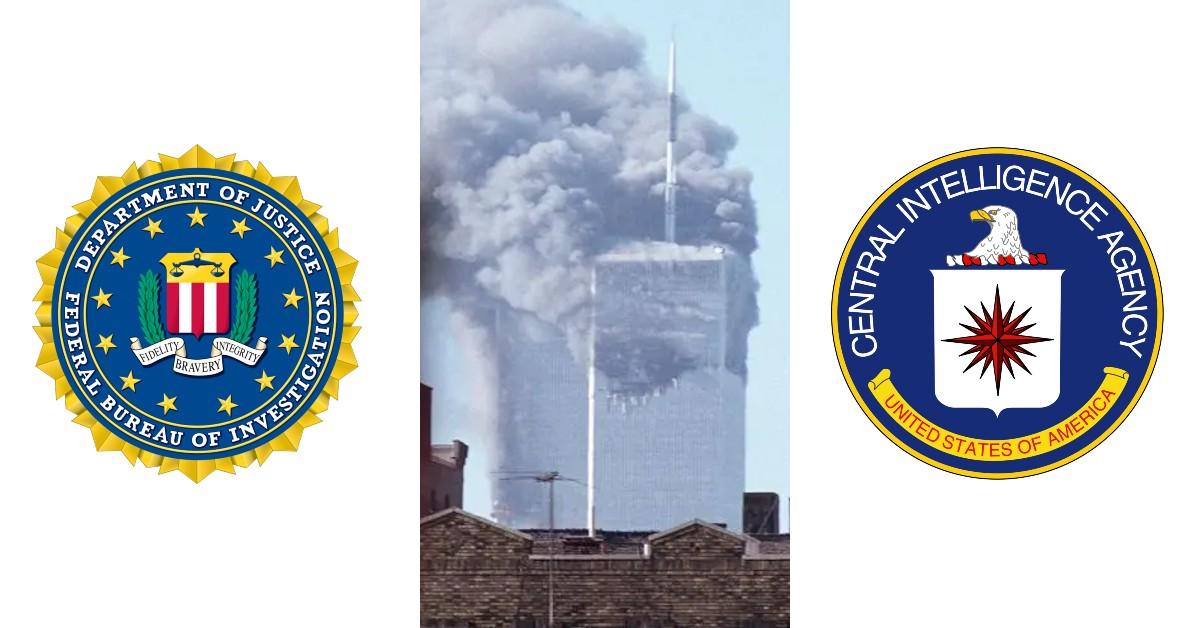
This year’s anniversary of 9/11 passed with little mainstream mention. Almost two-and-a-half decades on, the media appear to have lost interest in that fateful, world-changing day.
This is despite the April 2023 release of a bombshell court filing by the Office of Military Commissions, which concluded at least two of the alleged hijackers were CIA assets, having been recruited “via a liaison relationship” with Saudi intelligence. The same document offers illuminating insight into how the 9/11 Commission buried this, among other inconvenient truths.
Central to the cover-up was Commission chief Philip Zelikow. Commission investigator Dana Lesemann, dubbed “CS-2” in the filing, told representatives of the Office of Military Commissions—the legal body overseeing the prosecutions of 9/11 defendants—that Zelikow consistently sought “to blunt” inquiries “into Saudi involvement with the hijackers.” Lesemann was formally charged with investigating “the possible link” between Riyadh and the 9/11 attacks, but Zelikow was determined they would not succeed.
His destructive efforts included blocking Lesemann’s requests to conduct interviews with certain individuals of interest, and obtain documents that could shed light on Riyadh’s foreknowledge of, if not active participation in, 9/11—and, by extension, the CIA’s. More widely, Zelikow had exclusive control over who the Commission did and did not interview, and on what topics, strictly limiting which witnesses were grilled, and evidence heard.
Lesemann was fired by Zelikow in April 2003, after obtaining a classified index to the House and Senate’s joint inquiry into 9/11, “from a source other than official channels.” The index listed sensitive documents possessed by the FBI and other U.S. government agencies, detailing “suspected Saudi involvement in the 9/11 attacks.” While “a minor security violation,” Zelikow summarily terminated Lesemann and seized the index. News of her defenestration did not leak at the time. No other staffer was permitted to view the document thereafter.
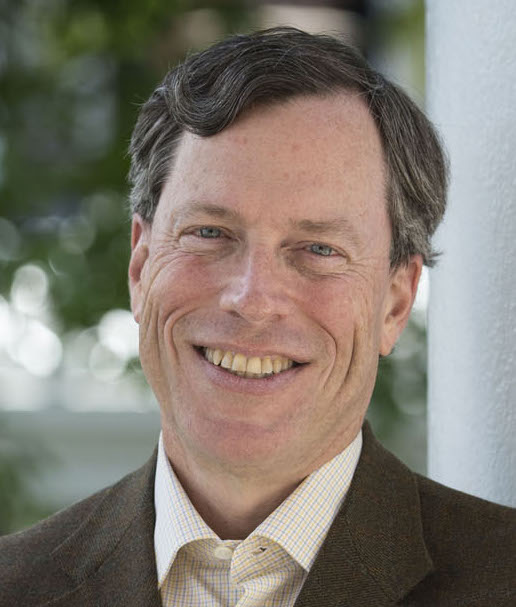
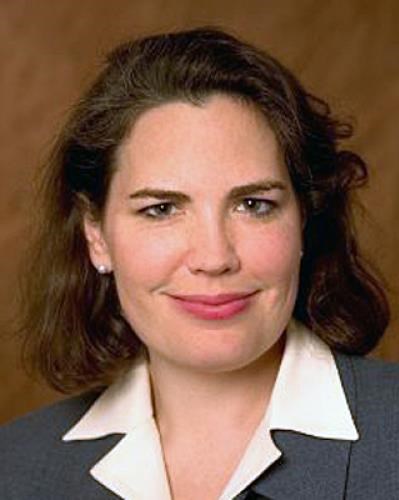
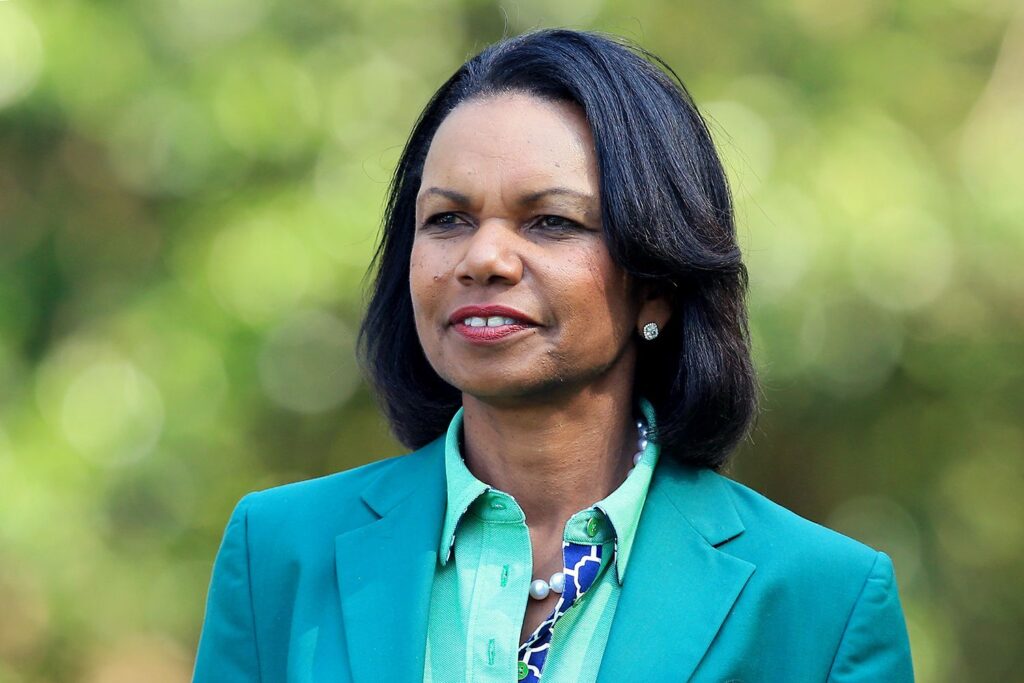
Elsewhere in the filing, Bill Clinton’s counter-terror czar Richard Clarke, who has long charged the CIA had a relationship of some kind with some of the alleged hijackers, told investigators Zelikow was explicitly selected by George W. Bush National Security Adviser Condoleezza Rice “to prevent damage to the Bush administration by blocking the Commission’s line of inquiry into the Saudi connection.”
Clarke further asserted his belief that the Saudi-led effort to penetrate al-Qaeda “may have [been] organized by high-level employees at the CIA,” and “most of the records” of the top-secret mission “were destroyed in an effort to cover up the operation.”
Tellingly, Clarke relayed how, after he expressed his opinion that the CIA “was running a ‘false-flag’ operation to recruit the hijackers” publicly, “he received an ‘angry call’ from George Tenet,” CIA Director during 9/11. Despite his wrath, Tenet “did not deny the allegation.”
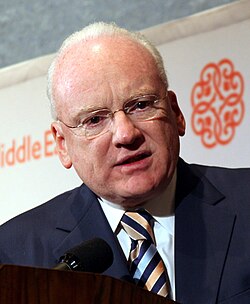

“Act Preemptively”
Philip Zelikow’s appointment to head the 9/11 Commission was the culmination of the body’s thoroughly troubled gestation.
Initially, the Bush administration vehemently rejected mass public demand for any official investigation into the attacks. It was not until more than a year later, November 2002, that the Commission was begrudgingly established.
Its initial chief, Henry Kissinger, resigned within mere weeks due to conflicts of interest. This included awkward questions over whether he counted any Saudi Arabians—particularly individuals with the surname bin Laden—as clients.
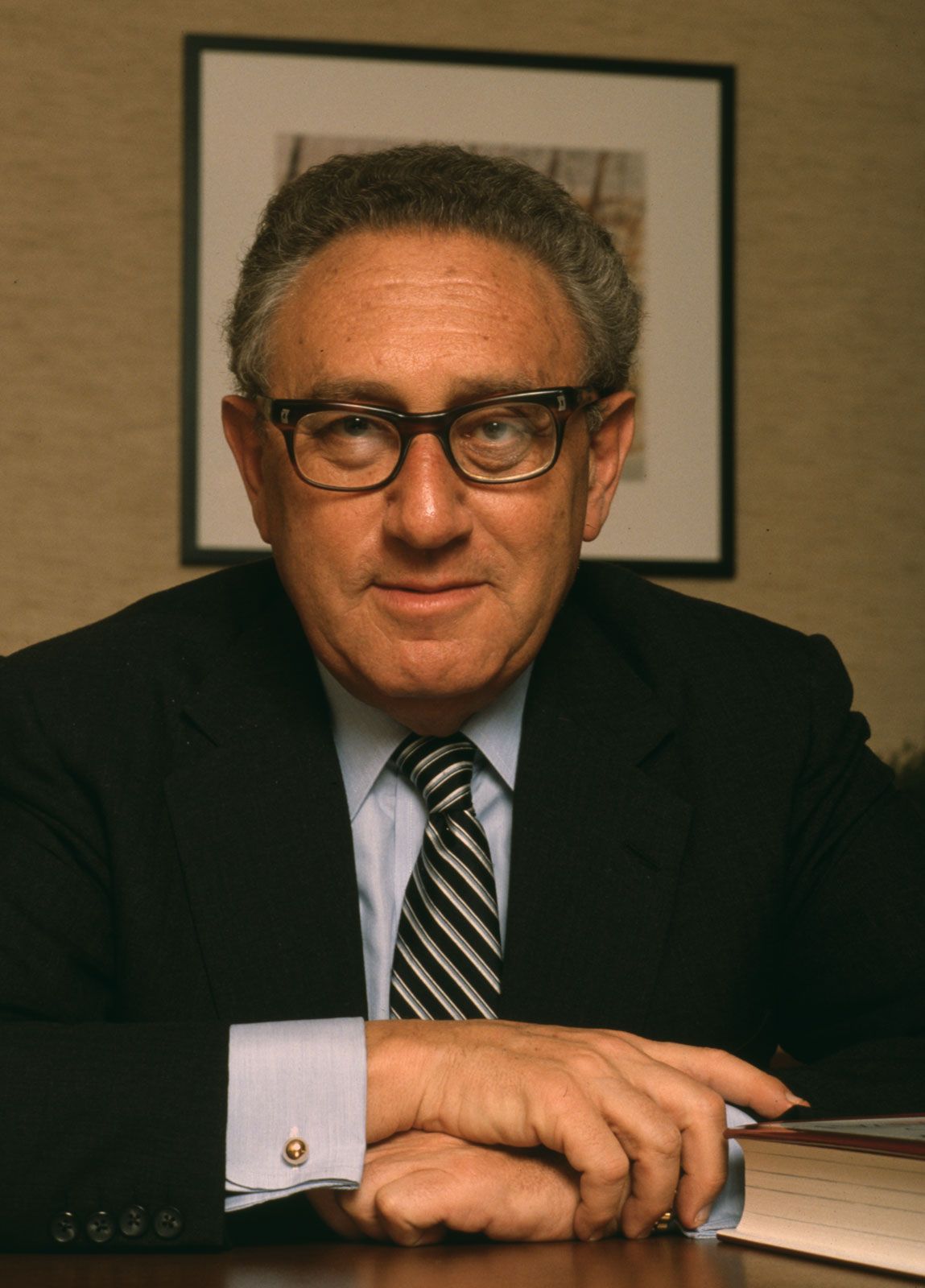
Zelikow had a panoply of conflicts of interest of his own, some of which were well-established at the time. Others, however, emerged only after the Commission was well under way.
For one, he enjoyed a long-running relationship with Condoleezza Rice, and was part of George W. Bush’s transition team, overseeing the new administration’s National Security Council taking office.
This process saw the White House’s Counterterrorism Security Group downgraded, and its chief Richard Clarke demoted, creating layers of bureaucracy between him and senior government officials.
A secret report produced by Clarke’s team in January 2000 concluded U.S. intelligence was ill-equipped to respond to a major, ever-growing domestic terror threat. It outlined 18 recommendations, with 16 accompanying funding proposals, to “seriously weaken” al-Qaeda.
Its findings were ignored by the Bush administration. Numerous memos subsequently authored by Clarke, urgently requesting high-level meetings to discuss al-Qaeda and outline strategies for combating the group at home and abroad, were similarly disregarded.
Meanwhile, in September 2002, the Bush administration submitted a 31-page document, “The National Security Strategy of the United States of America,” to Congress.
It set out a very clear blueprint for the looming War on Terror, calling for a massive build-up in U.S. military spending, and Washington to “act preemptively” against “rogue states,” such as Iraq.
While it bore the president’s signature, the incendiary document was secretly written by none other than Philip Zelikow.
His authorship only became known by the Commission when the investigation was almost over, prompting several key staffers and a commissioner to threaten to quit. The body’s chiefs—Thomas Kean and Lee Hamilton—were apparently unaware when Zelikow was appointed.
The pair subsequently charged the Commission was set up to fail. Its investigations got off to a glacial start, in part due to funding issues. The Commission was initially given only $3 million to conduct its work.

By contrast, a concurrent probe of the space shuttle Columbia’s crash, in which just seven people died, was granted $50 million. In March 2003, due to repeated demands from commissioners, the 9/11 Commission was allocated a further $9 million—$2 million less than requested.
Despite these initial problems, that same month—three months into the 16-month-long probe, and before a single hearing had even been convened—Zelikow produced a complete outline of the Commission’s final report.
The finished report, released in July 2004, closely followed Zelikow’s predetermined design. In the intervening time, he personally rewrote several statements submitted by staffers, which informed the report’s findings.
In one instance, he amended a statement to strongly insinuate, without making the direct accusation, that Saddam Hussein and al-Qaeda had a relationship of some kind, horrifying its authors. This false claim was frequently peddled by White House officials to justify the criminal 2003 Anglo-American invasion of Iraq.
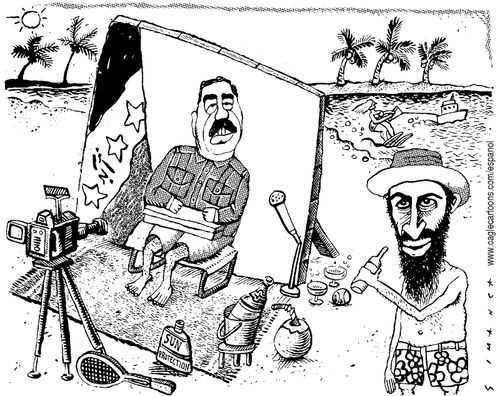
In October that year, the Commission determined that North American Aerospace Defense Command (NORAD)—which coincidentally ran a training exercise on 9/11 almost exactly simulating the real-life attacks—was withholding information.
Investigators sought to subpoena the Department of Defense, but Zelikow intervened to prevent one being issued. The next spring, commissioners had become so frustrated with Federal Aviation Administration (FAA) and Pentagon officials lying to them that they considered pursuing criminal charges for obstruction of justice. Zelikow again connived to ensure this did not happen.
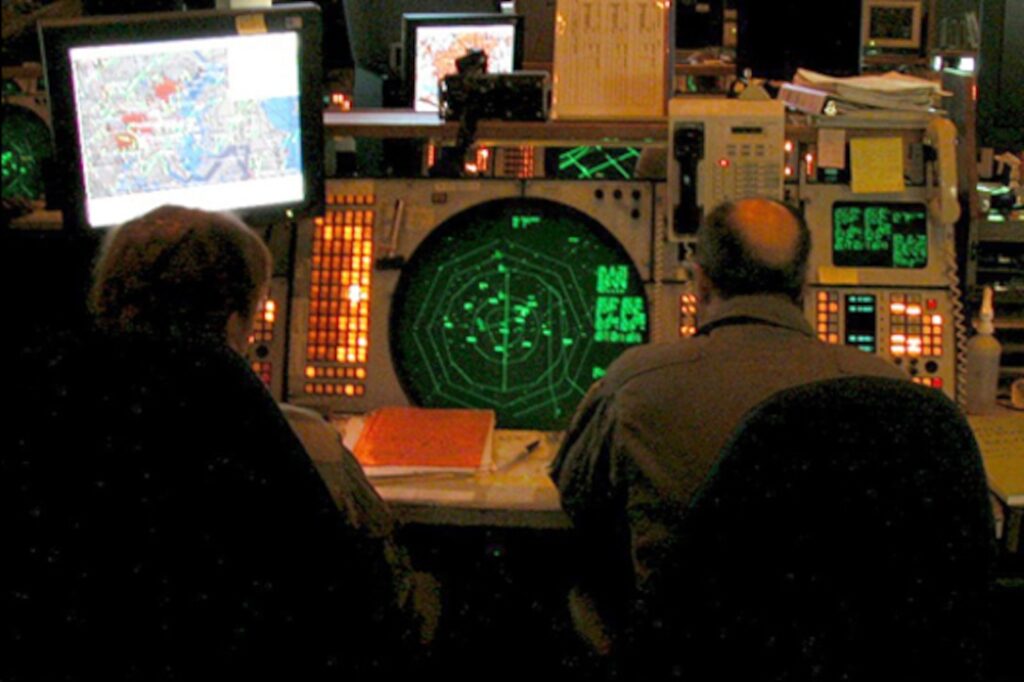
“Saudi Individuals”
Despite Zelikow’s obstruction, 9/11 Commission investigators uncovered several leads tying Saudi Arabia—and thus the CIA—to the attacks. The Office of Military Commissions filing reveals how one investigator—“CS-1”—twice interviewed radical cleric and Saudi diplomat Fahad Thumairy, at Saudi government buildings in Riyadh.
He was interrogated about his relationship with Nawaf Hazmi and Khalid Mihdhar, hijackers confirmed to have been recruited by the CIA, and Omar Bayoumi, widely suspected to have been their handler.
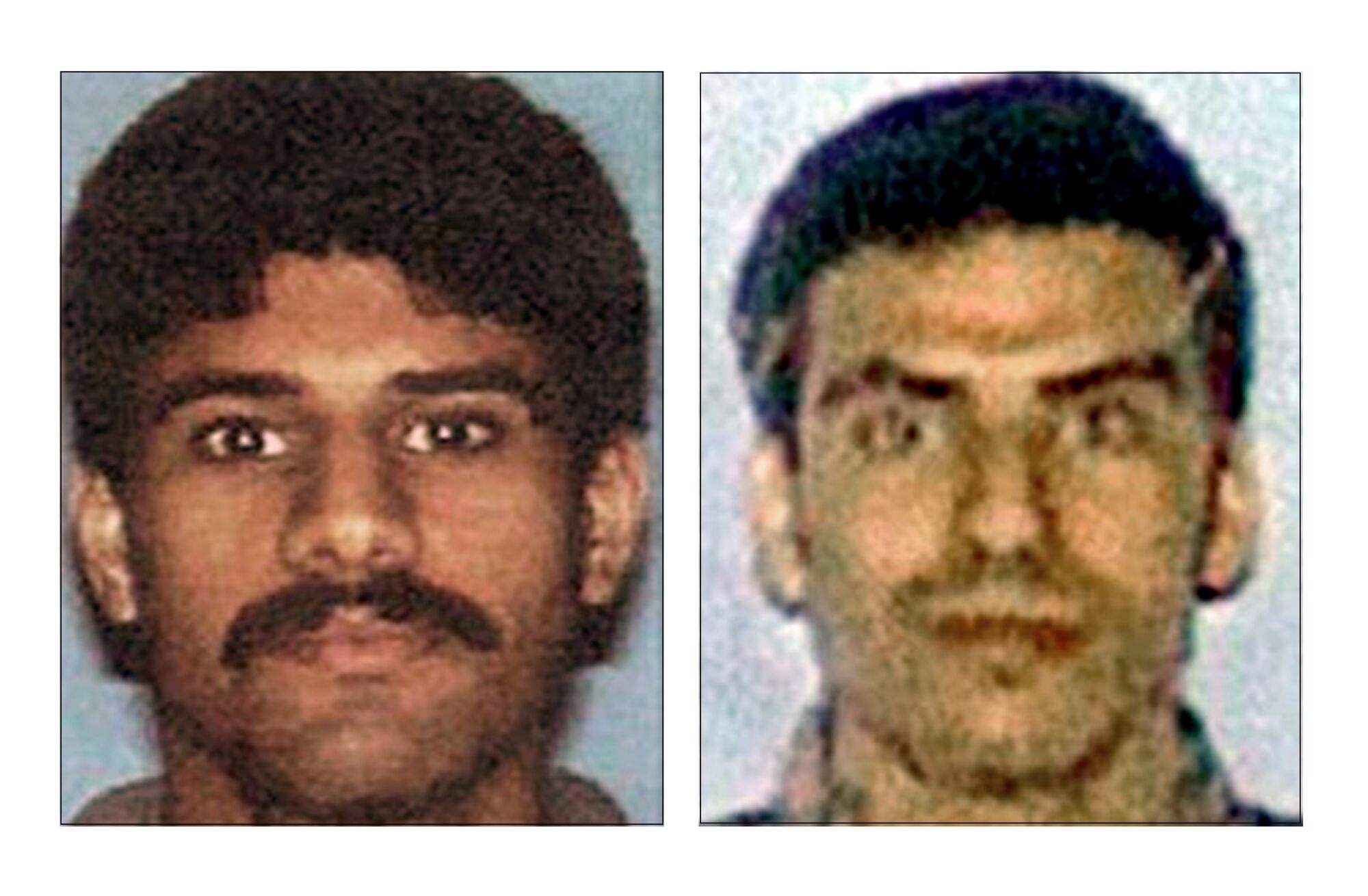
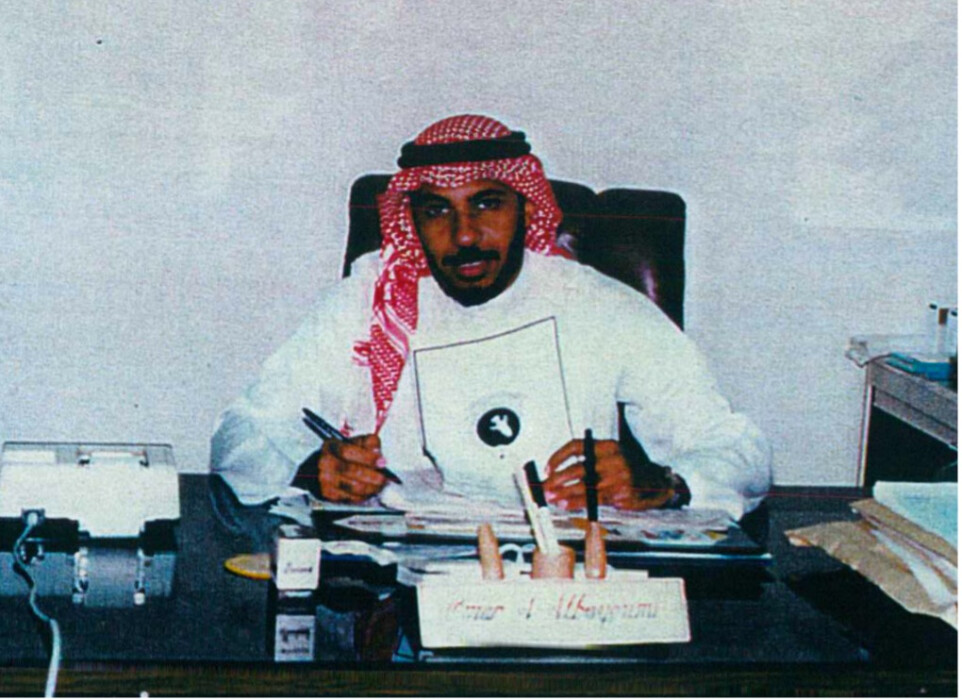
Saudi security service operatives were present at both interviews, and CS-1 felt Thumairy was “less than 100% forthcoming” under examination.
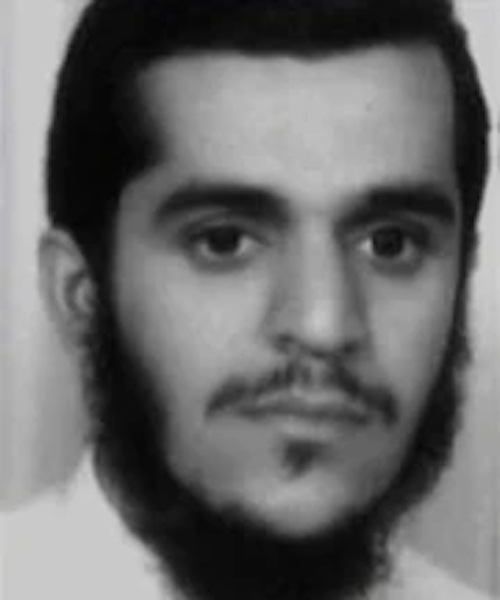
While he spoke English fluently, he asked for “controversial” questions to be translated into Arabic. CS-1 believed this indicated Thumairy “was being deceptive.”
He also “seemed to react” when quizzed about his relationship with Omar Bayoumi.
Bayoumi met Hazmi and Mihdhar at a restaurant at Los Angeles International Airport immediately upon arrival in the U.S., then struck up a close bond with them.
Dana Lesemann asserts in the filing that the FBI had Bayoumi “under investigation prior to the 9/11 attacks,” and he “was receiving substantial sums of money from the Saudi Embassy in Washington DC.”
Funds were surreptitiously “funneled from accounts” belonging to Haifa bint Faisal, wife of Bandar bin Sultan, Riyadh’s ambassador to the U.S.

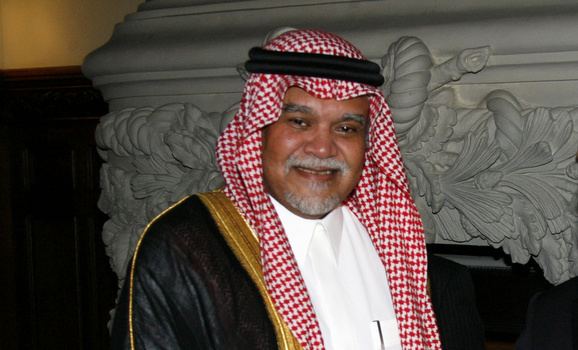
Before her firing, Lesemann’s investigation showed Bayoumi had several “no show” jobs while residing stateside—“where an employee is paid by a given employer but not required to actually show up for work.”
One “no show” job was with Saudi company Ercan, the offices of which he visited “rarely.” The filing notes that, two months after Bayoumi’s meeting with Hazmi and Mihdhar, his monthly salary from Ercan rose from $465 to $3,700.
Lesemann was convinced Fahad Thumairy “was an intelligence officer working for the Saudi government.”
In May 2003, Thumairy was denied entry to the U.S. on suspicion of links to terrorism, although he was neither arrested nor questioned over the matter.
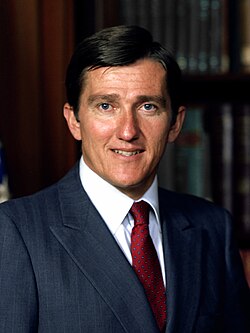
It was not until 13 years later that former 9/11 commissioner John Lehman, Jr., broke cover, admitting the investigation uncovered “an awful lot of participation by Saudi individuals”—some of them government employees—“in supporting the hijackers.”
In ensuring Riyadh’s wide-ranging involvement in 9/11 remained hidden from public view, Zelikow was effectively insulating Alec Station—the CIA’s Osama bin Laden tracking unit—which ultimately ran the operation to recruit Hazmi and Mihdhar if not other hijackers via the Saudis, from scrutiny or consequence.
Concurrently, members of that unit were assisting in Zelikow’s cover-up, having been promoted since the attacks to oversee the CIA’s post-9/11 torture program.
“Draconian Measures”
The Senate Intelligence Committee’s investigation into the torture program found CIA “enhanced interrogation” yielded no worthwhile intelligence whatsoever.
In many cases, detainees “fabricated” information, telling their interrogators what they thought they wanted to hear to limit their abuse.
The use of techniques honed under the Agency’s MK-ULTRA mind-control program suggests eliciting false testimony may have been a deliberate objective of the CIA.

These bogus disclosures could potentially be used to justify the War on Terror, while obscuring Alec Station’s recruitment of alleged hijackers.
Zelikow was also in a position to influence what CIA detainees were asked—and, in turn, the answers they gave. In 2008, an anonymous U.S. intelligence official revealed the Commission was permitted to give the Agency questions to pose to prisoners.
Its final report relied heavily on CIA interrogations, with Zelikow admitting “quite a bit, if not most,” of the official narrative of the 9/11 attacks was based on information acquired via torture.
In other words, politically convenient fabrications and falsehoods.
This fraudulent narrative endures today, unquestioned by news outlets and much of the public.
Universal mainstream omertà on the court filing’s explosive contents amply indicates the 9/11 cover-up remains in place, with the media functioning as active conspirators.
Since the Commission report’s release, Zelikow has largely faded into obscurity, the many public controversies around his role as executive director forgotten.
Yet, there are grounds to believe he may know even more than he suppressed while heading the Commission.
In November 1998, Zelikow co-authored an article for the Council on Foreign Relations’ journal Foreign Affairs.
In it, he predicted a devastating terror attack in the U.S. in the near future—such as the World Trade Center’s destruction. “Such an act of catastrophic terrorism would be a watershed event in American history,” Zelikow forecast. “Like Pearl Harbor, this event would divide our past and future into a before and after.”
He went on to precisely outline all that followed 9/11:
“The United States might respond with draconian measures, scaling back civil liberties, allowing wider surveillance of citizens, detention of suspects, and use of deadly force. More violence could follow, either further terrorist attacks or U.S. counterattacks. Belatedly, Americans would judge their leaders negligent for not addressing terrorism more urgently…The greatest danger may arise if the threat falls into one of the crevasses in the government’s overlapping jurisdictions, such as the divide between ‘foreign’ and ‘domestic’ terrorism or ‘law enforcement versus ‘national security.’”
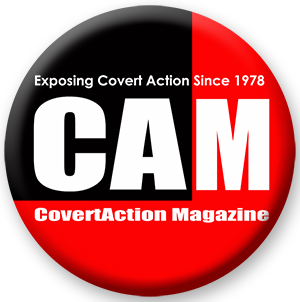
CovertAction Magazine is made possible by subscriptions, orders and donations from readers like you.
Blow the Whistle on U.S. Imperialism
Click the whistle and donate
When you donate to CovertAction Magazine, you are supporting investigative journalism. Your contributions go directly to supporting the development, production, editing, and dissemination of the Magazine.
CovertAction Magazine does not receive corporate or government sponsorship. Yet, we hold a steadfast commitment to providing compensation for writers, editorial and technical support. Your support helps facilitate this compensation as well as increase the caliber of this work.
Please make a donation by clicking on the donate logo above and enter the amount and your credit or debit card information.
CovertAction Institute, Inc. (CAI) is a 501(c)(3) non-profit organization and your gift is tax-deductible for federal income purposes. CAI’s tax-exempt ID number is 87-2461683.
We sincerely thank you for your support.
Disclaimer: The contents of this article are the sole responsibility of the author(s). CovertAction Institute, Inc. (CAI), including its Board of Directors (BD), Editorial Board (EB), Advisory Board (AB), staff, volunteers and its projects (including CovertAction Magazine) are not responsible for any inaccurate or incorrect statement in this article. This article also does not necessarily represent the views the BD, the EB, the AB, staff, volunteers, or any members of its projects.
Differing viewpoints: CAM publishes articles with differing viewpoints in an effort to nurture vibrant debate and thoughtful critical analysis. Feel free to comment on the articles in the comment section and/or send your letters to the Editors, which we will publish in the Letters column.
Copyrighted Material: This web site may contain copyrighted material the use of which has not always been specifically authorized by the copyright owner. As a not-for-profit charitable organization incorporated in the State of New York, we are making such material available in an effort to advance the understanding of humanity’s problems and hopefully to help find solutions for those problems. We believe this constitutes a ‘fair use’ of any such copyrighted material as provided for in section 107 of the US Copyright Law. You can read more about ‘fair use’ and US Copyright Law at the Legal Information Institute of Cornell Law School.
Republishing: CovertAction Magazine (CAM) grants permission to cross-post CAM articles on not-for-profit community internet sites as long as the source is acknowledged together with a hyperlink to the original CovertAction Magazine article. Also, kindly let us know at info@CovertActionMagazine.com. For publication of CAM articles in print or other forms including commercial internet sites, contact: info@CovertActionMagazine.com.
By using this site, you agree to these terms above.
About the Author

Kit Klarenberg is an investigative journalist exploring the role of intelligence services in shaping politics and perceptions.
Follow him on Twitter @KitKlarenberg.


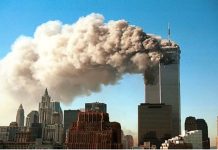
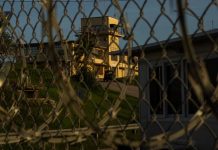
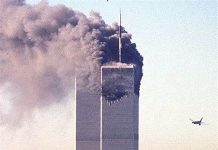
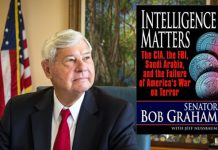
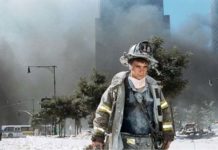

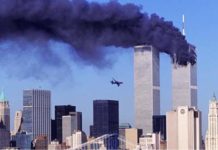

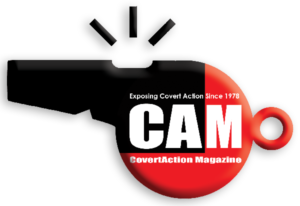
Israel was responsible for the New York side of this operation. The 5 dancing Israeli’s who just happened to be across the river in the morning to “document” the events before they happened. The Urban Moving Systems van caught with explosive residues. The 100+ Israeli “art” students who just happened to live near the “hijackers”. Lucky Larry telling them to “pull it” on building seven. The BBC reporting the collapse of building seven, 20 or so minutes before it collapsed, the building clearly visible in the background when the so called journalist reported the future event as having happened. Yet 24 years later, you srill have muppets echoing the MSM narrative.
Enough is enough. Too much false conspiracy theories from Pro Russian operatives who cannot be trusted like former guests on Russia Today News and Sputnik News echoing the Kremlin narratives.
The claim that the alleged 9/11 hijackers were CIA assets is false. Official government investigations, including the 9/11 Commission Report and subsequent FBI and CIA reviews, concluded that the 19 hijackers were members of the terrorist group al-Qaeda, orchestrated by Osama bin Laden and Khalid Sheikh Mohammed.
Here are the key findings and related facts:
Official Investigations: Extensive investigations by the FBI, the CIA, and the independent 9/11 Commission found no evidence that the hijackers were assets of the CIA or any other U.S. intelligence agency. The investigations devoted significant resources to tracking the movements, finances, and associations of the hijackers, confirming their links to al-Qaeda facilitators and funding sources overseas.
Intelligence Failures and Communication Gaps: The conspiracy theories suggesting a U.S. government link often stem from documented intelligence failures and communication breakdowns between the CIA and FBI prior to the attacks. Specifically, two of the hijackers, Nawaf al-Hazmi and Khalid al-Mihdhar, were known to U.S. intelligence in early 2000, but the information was not effectively shared with the FBI in a timely manner, which some former agents believe could have prevented the plot from succeeding. This was attributed to policies limiting intelligence sharing and reluctance to reveal “sensitive sources and methods,” not the hijackers being CIA assets.
Saudi Connections: Investigations have revealed links between some of the hijackers (al-Hazmi and al-Mihdhar) and Saudi nationals in the U.S., some of whom were later suspected of being Saudi intelligence agents. However, these individuals were not U.S. intelligence assets, and the U.S. government has not found evidence that the Saudi government as an entity or any U.S. agency directed or had foreknowledge of the attacks.
In summary, official reports and factual evidence consistently refute the assertion that the 9/11 hijackers were CIA assets. The narrative is a persistent conspiracy theory contradicted by the consensus of U.S. intelligence agencies and independent commissions.
What is the status of this court filing? Has the court case started yet and if so has the court reached a conclusion or is the case still ongoing with the Office of Military Commissions?
The article makes reference to a court filing but does not identify the name of the court. This is important as shown below:
Yes, a journalist should always identify which court received a court filing when referring to it in a news report.
This practice is a fundamental principle of journalistic accuracy, transparency, and context for several reasons:
Clarity and Context: Identifying the specific court (e.g., the Ontario Superior Court of Justice, the Federal Court, the Supreme Court of Canada) immediately provides geographic and jurisdictional context to the reader. This helps the public understand the significance and scope of the legal action.
Verification and Public Record: Court proceedings and filings are generally matters of public record (the “open court” principle). Naming the court allows interested parties, other journalists, or the public to verify the information independently by accessing the official court records, often using the case name or neutral citation provided.
Credibility: Attributing information to a specific, identifiable court filing enhances the credibility of the news report. General references to “a court filing” can appear vague or unverified.
Legal Processes: The rules, procedures, and precedent value of a case vary significantly depending on the level and jurisdiction of the court (e.g., a provincial small claims court vs. a provincial court of appeal vs. the Supreme Court). Identifying the court is crucial for accurately representing the stage and legal implications of the case.
In essence, specifying the court is a vital part of providing the necessary source information for a legal story, much like naming a source or providing a specific location for an event.
I found that a series of books by David R. Griffin proved to be very useful on this important subject.
It is interesting to consider how WTC7 collapsed despite the fact that nothing hit. And there is the question of why the hijacked aircraft were not intercepted by the air force.
Another interesting question is why there were no reports of crime scene investigators visiting the crime scene. Another obvious question is why hijackers would choose to crash a plane into one of the least important parts of the Pentagon instead of the part where all the top people worked.
These and many other questions point to official complicity in the attack. It is an horrific thought but it would be even worse to ignore such evidence and thus help increase the danger of a repeat performance.